David Sacks
Although China continues to state a preference for unifying with Taiwan through peaceful methods, it has never renounced using force. Indeed, for the past two decades its military modernization has focused on developing capabilities that would enable it to forcefully conquer Taiwan, ranging from ballistic missiles to advanced fighter jets and the world’s largest navy. China’s military, the People’s Liberation Army, has increased the scale and sophistication of its military drills around Taiwan in recent years, honing its combat capabilities. As the prospect of gaining control of Taiwan peacefully becomes more remote, with Taiwanese identity rising and Taiwanese interest in unifying with the People’s Republic of China (PRC) declining, China could conclude that using force is the only way to achieve its political objectives.
Why China Wants Taiwan

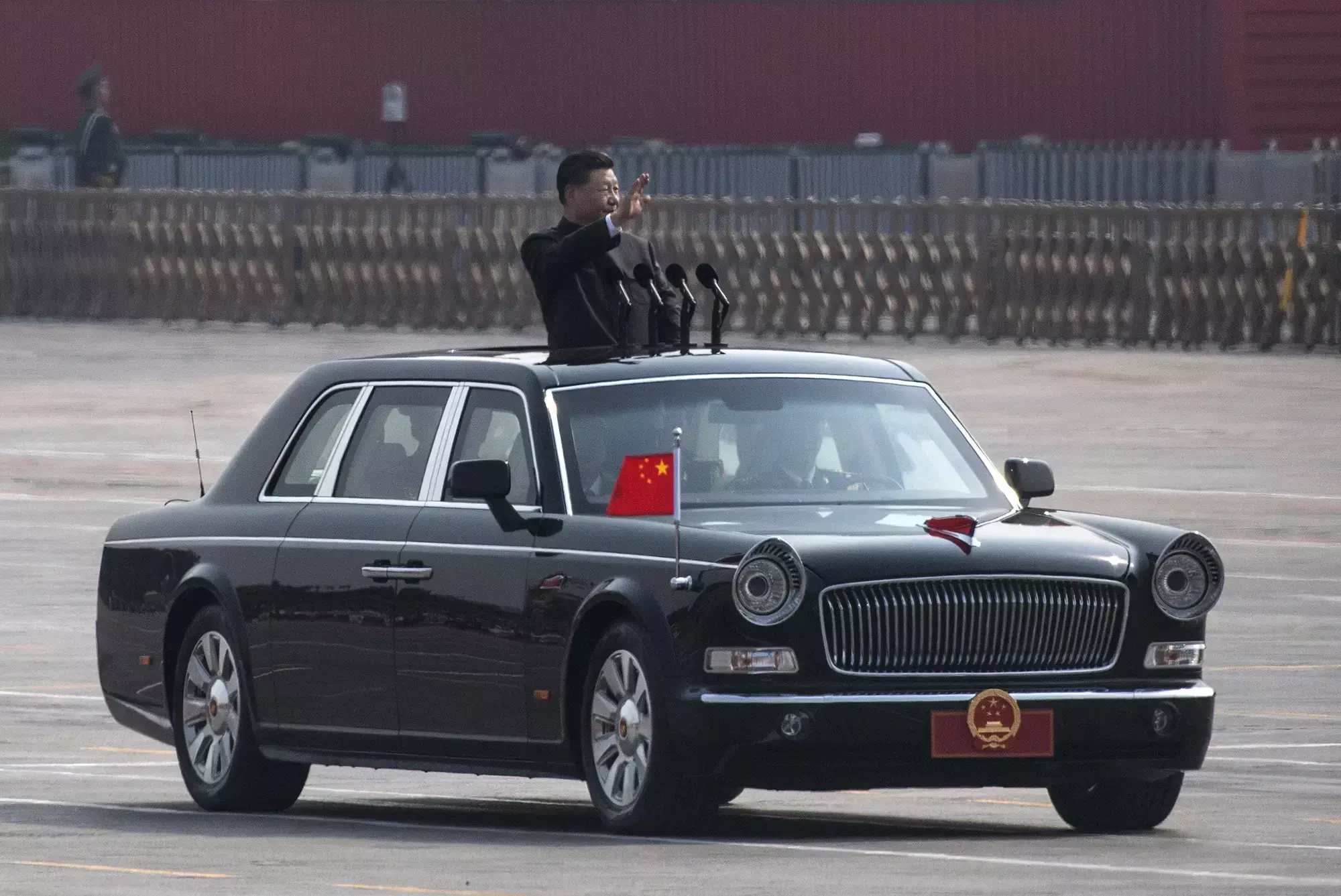
Although the People’s Republic of China has never ruled Taiwan, its leaders view the island as Chinese territory—a renegade province that must be brought under Beijing’s control, by force if necessary.
Chinese leader Xi Jinping has called unification with Taiwan the “essence” of the country’s “rejuvenation,” which he has stated needs to be achieved by 2049, the one hundredth anniversary of the PRC. Accomplishing that goal militarily, however, would prove highly challenging.
Like Ukraine, Taiwan is a young democracy bordering a much stronger authoritarian power that does not believe it should exist as an independent state. After Russia’s invasion of Ukraine, many Taiwanese people have concluded that a Chinese invasion of Taiwan needs to be taken seriously.
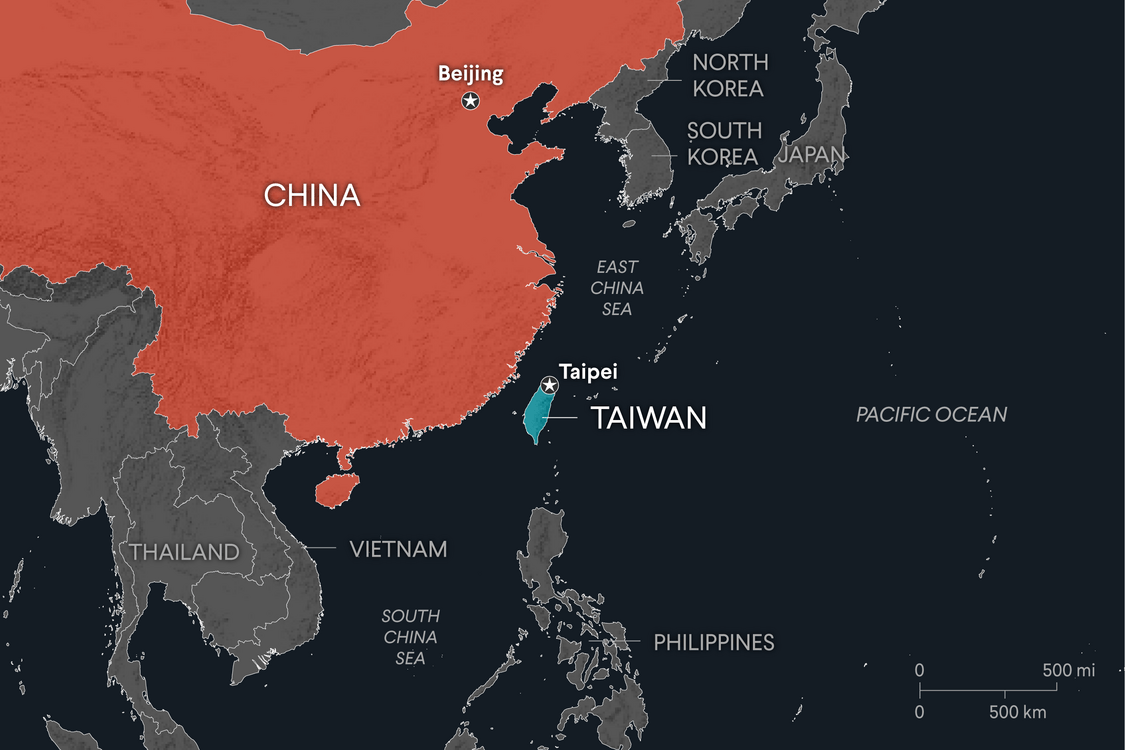
China is investing huge sums to develop the capability to bring Taiwan under its control by force, if need be. At the same time, invading Taiwan or mounting a successful blockade would be the most complex military operation in modern history, and China’s military has not fought a major war in more than seven decades.
A Treacherous Crossing
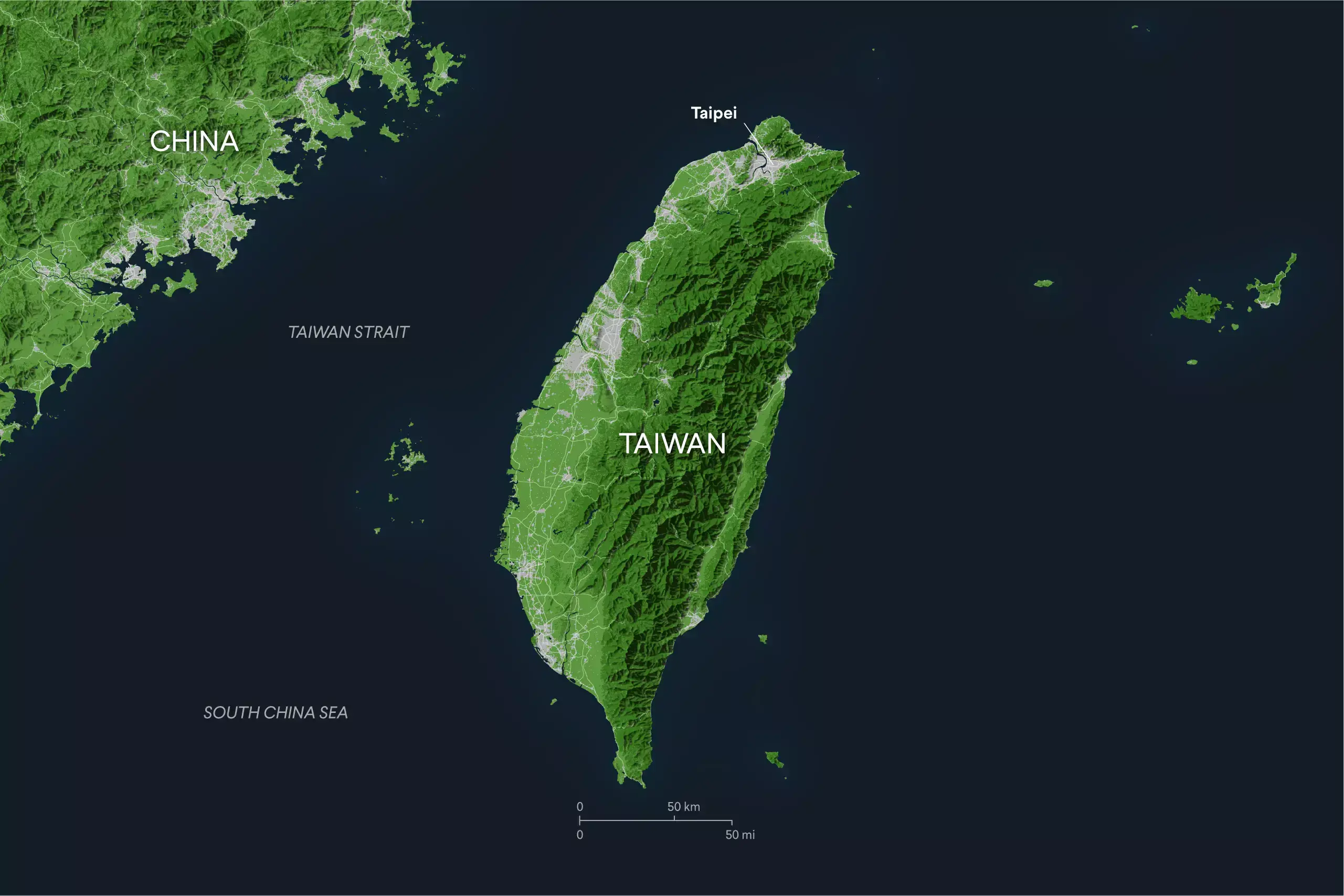

To invade Taiwan, China would have to conduct an extraordinarily complex military operation, synchronizing air, land, and sea power as well as electronic and cyberwarfare.
The Taiwan Strait, over ninety miles wide, is incredibly choppy, and due to two monsoon seasons and other extreme weather events, a seaborne invasion is only viable a few months out of the year.
Transporting hundreds of thousands of soldiers across the Taiwan Strait would take weeks and require thousands of ships. Each crossing would take hours, allowing Taiwan to target the ships, mass troops on potential landing sites, and erect barriers.
China would need to shift military assets to its eastern coast and undertake other visible preparations for an invasion, which Taiwan and the United States would likely be able to detect.
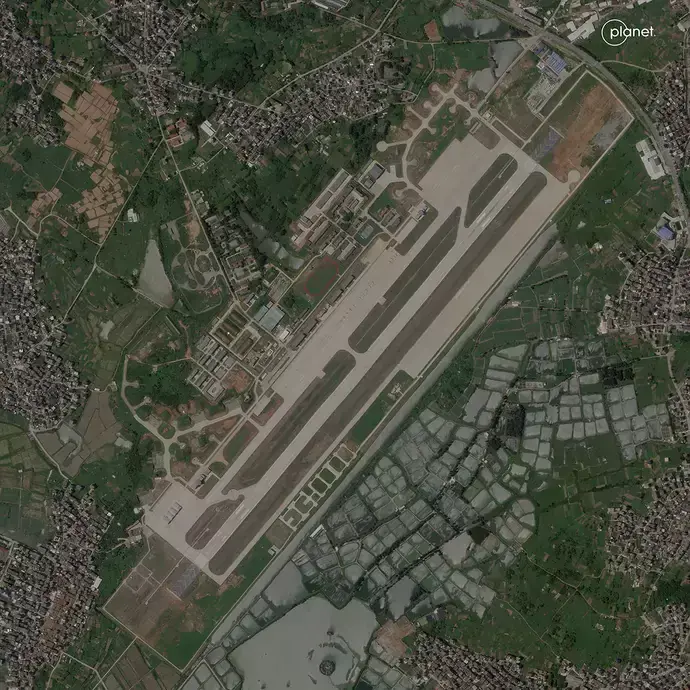
A satellite photo shows China’s Longtian military base, which is across the strait from Taiwan and which China would use in an invasion.
Some questions remains about whether China has the naval vessels it would need to invade Taiwan successfully. China’s amphibious fleet is relatively small, and although Beijing will likely turn to civilian ships to sustain and supplement an invading force, those take longer to unload and would be more vulnerable to Taiwanese missiles.
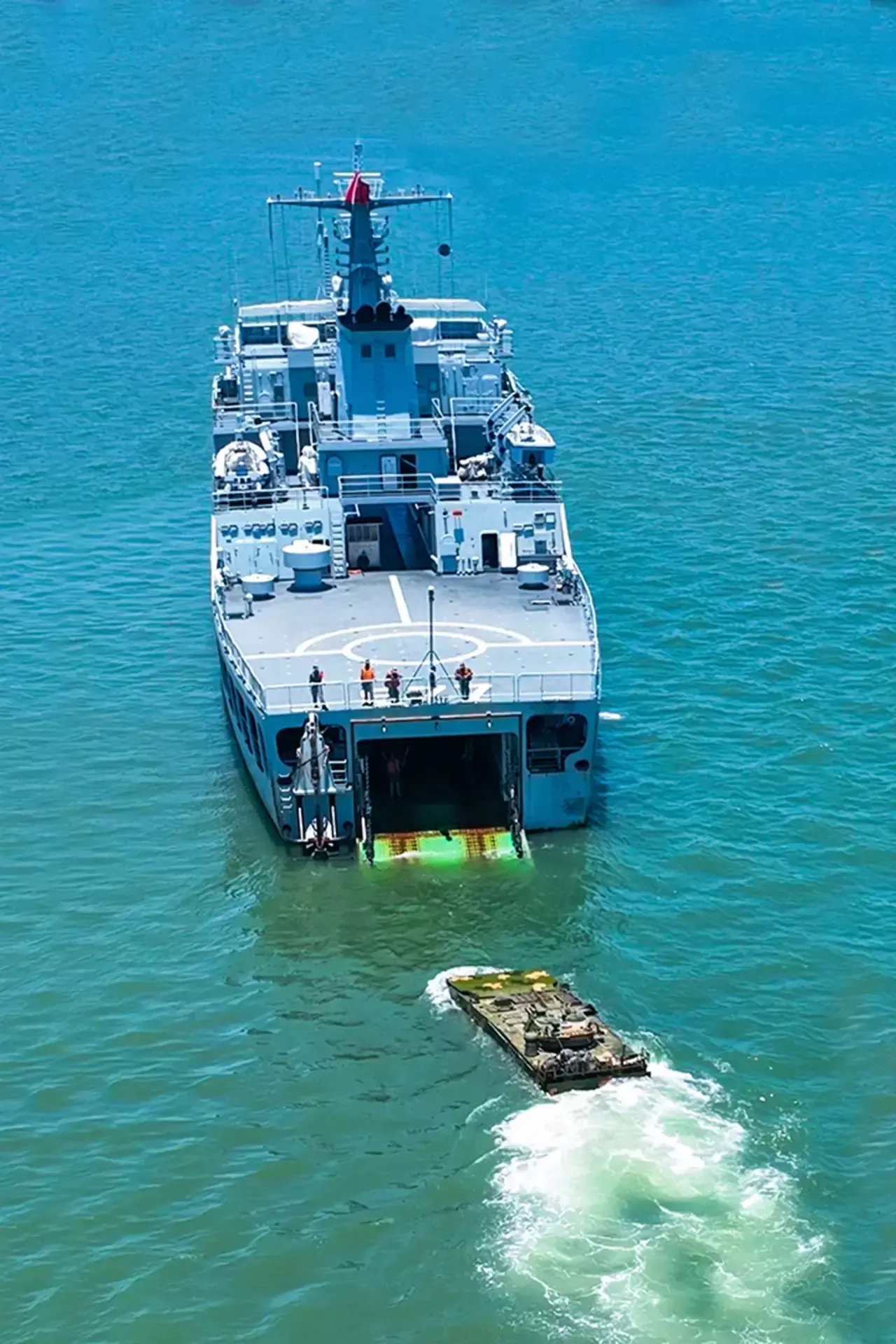
The Eastern Theater Command, which would lead a military operation to take Taiwan, carries out combat training in Zhangzhou, Fujian Province, China, on Aug 27, 2022.
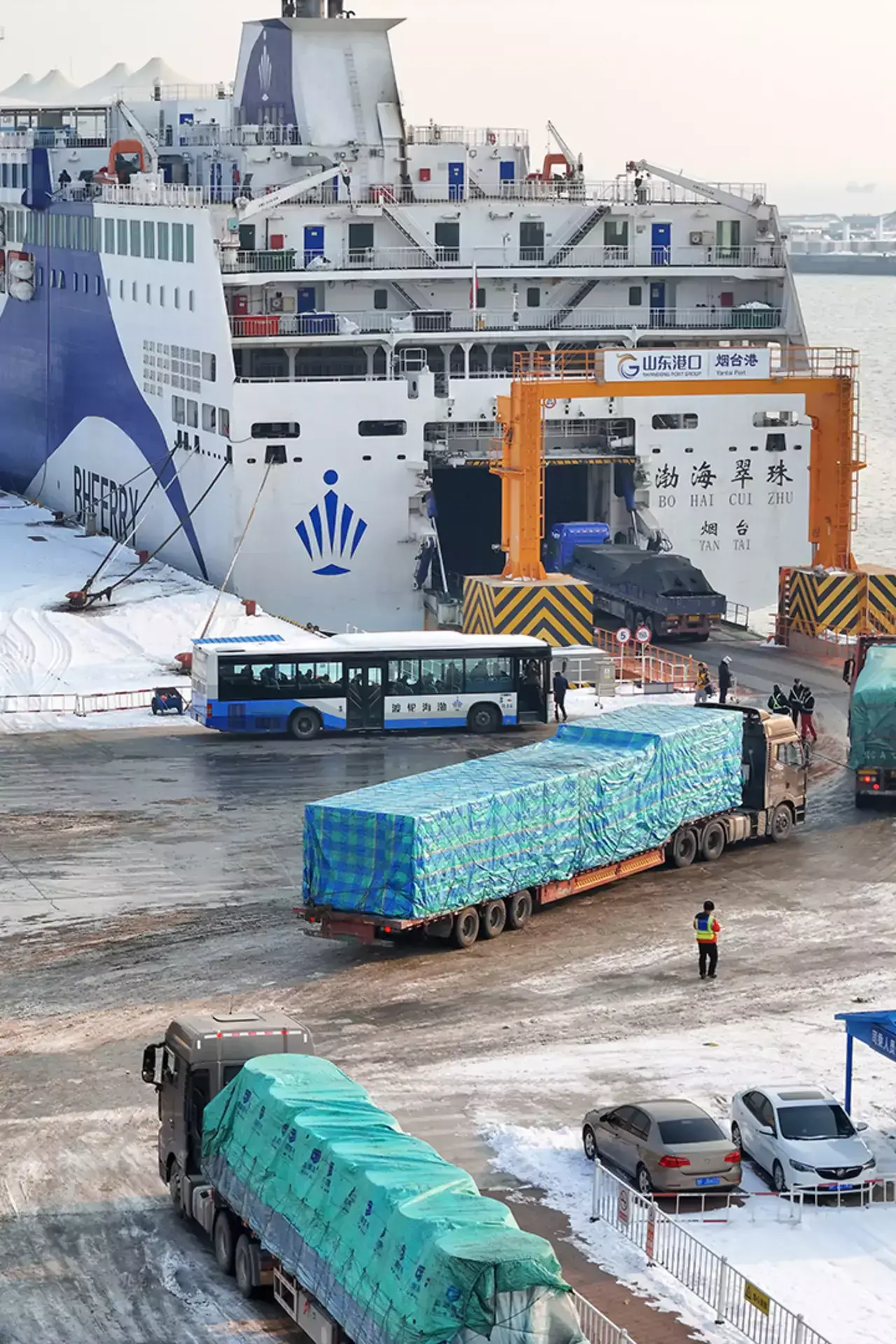
Vehicles enter a passenger roll-on/roll-off ship, which could be used to support military operations, at the port of Yantai, Shandong Province, China, on December 19, 2023.
Few Places to Land
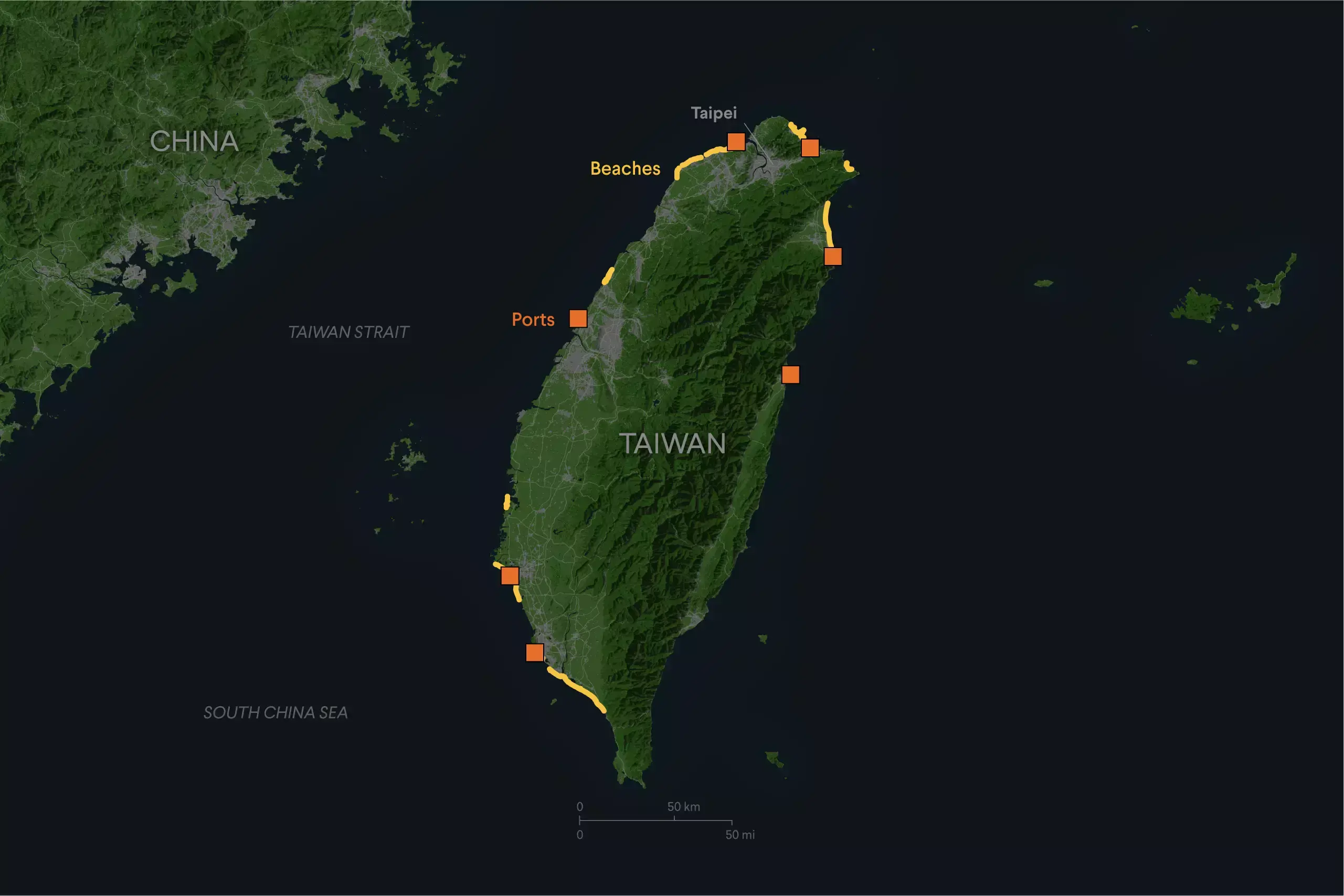
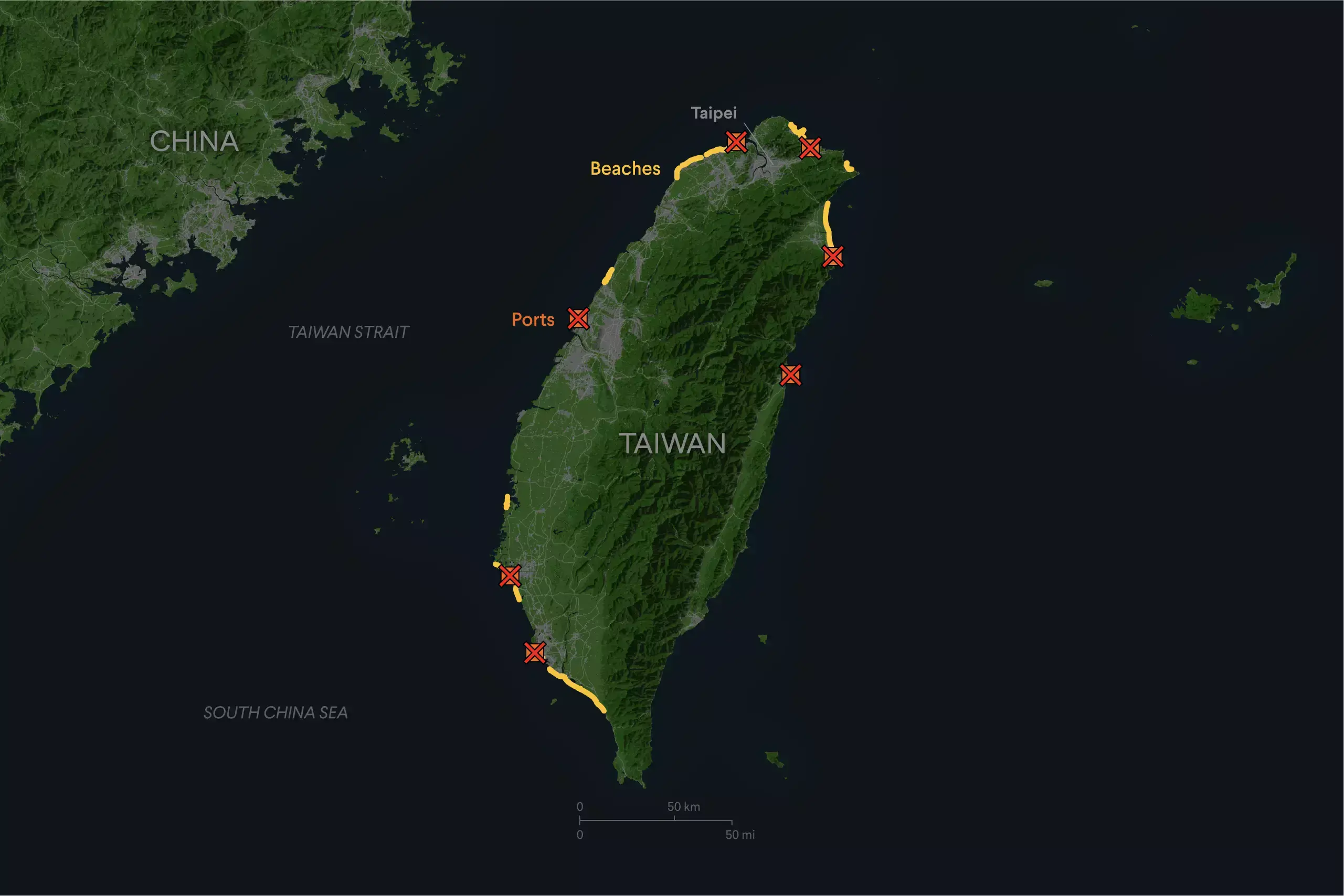
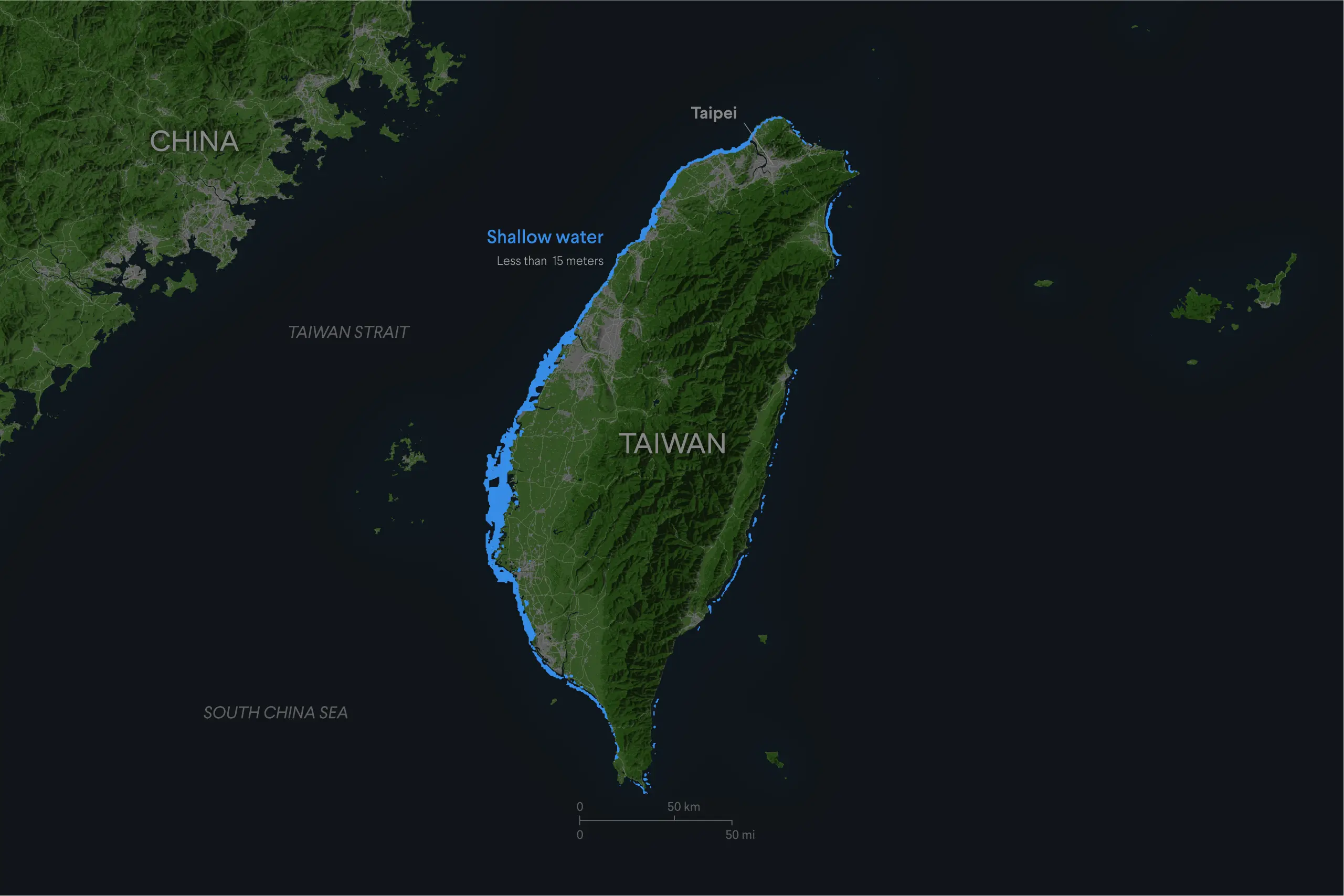
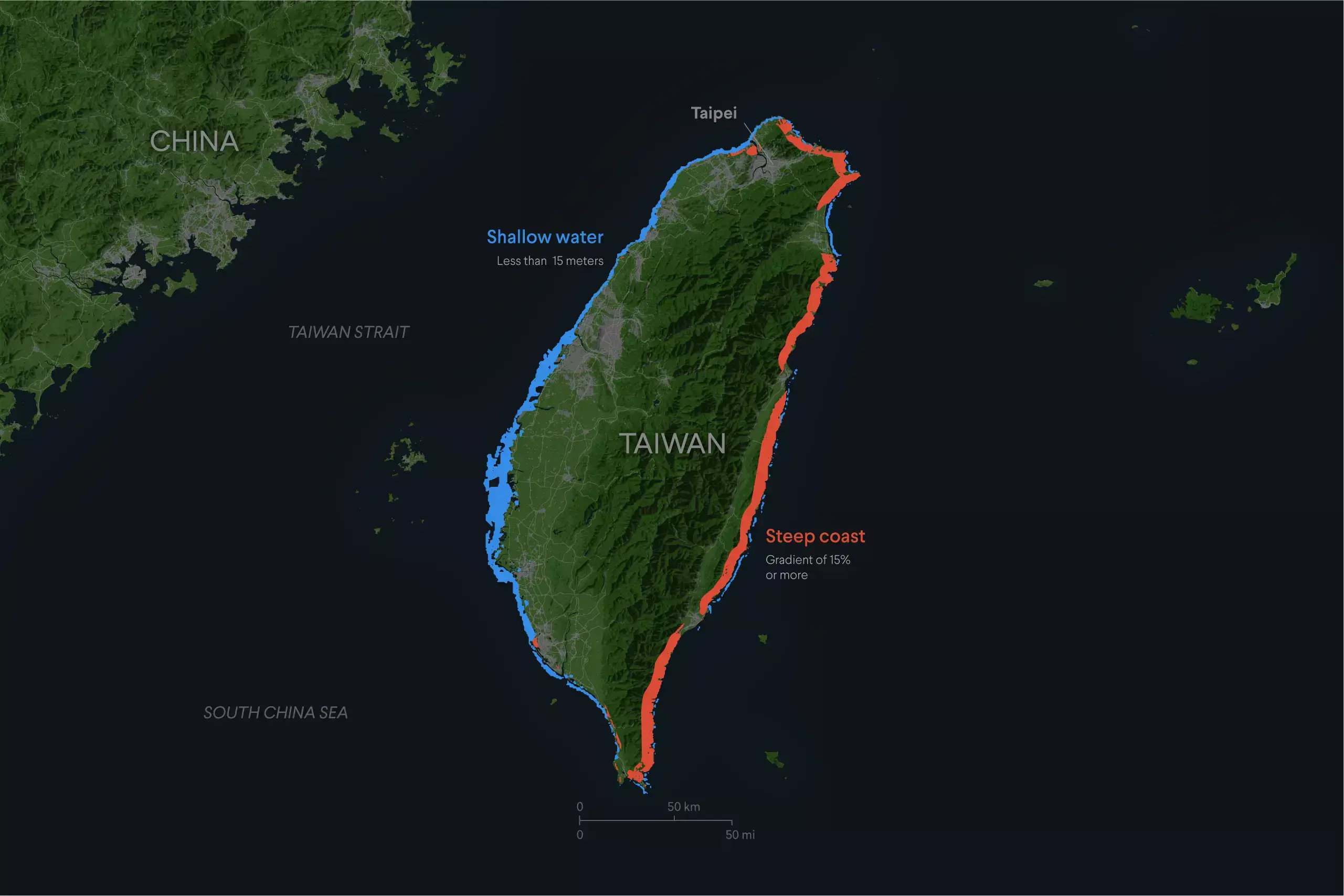
Even if Chinese troops successfully cross the strait, few deep-water ports and beaches in Taiwan could accommodate a large landing force.
Beijing would also have to assume Taiwan could destroy its major ports at a conflict’s outset to prevent an invader from using them.
Taiwan’s west coast has shallow waters extending from most of its beaches, meaning they are not ideal for an invading force.
Taiwan’s east coast is lined by cliffs that are too steep for an invading force to scale. Moving to Taiwan’s major population centers is only possible via a few narrow passes and tunnels, which Taiwan can destroy or defend.
The D-Day operation in World War II was the largest amphibious invasion in military history, involving seven thousand ships and almost two hundred thousand troops who crossed the nearly one-hundred-mile English Channel. Over a period of three-plus weeks, 850,000 troops landed on the beaches of Normandy to liberate France. A Chinese amphibious invasion of Taiwan would likely have to dwarf D-Day in scale.

A bird’s-eye view is shown of landing craft, barrage balloons, and Allied troops landing in Normandy, France, on D-Day.
Due to the shallow water, China would have to anchor ships far from Taiwan’s coast and move equipment to the shores slowly, making the ships vulnerable to Taiwanese missiles and artillery.
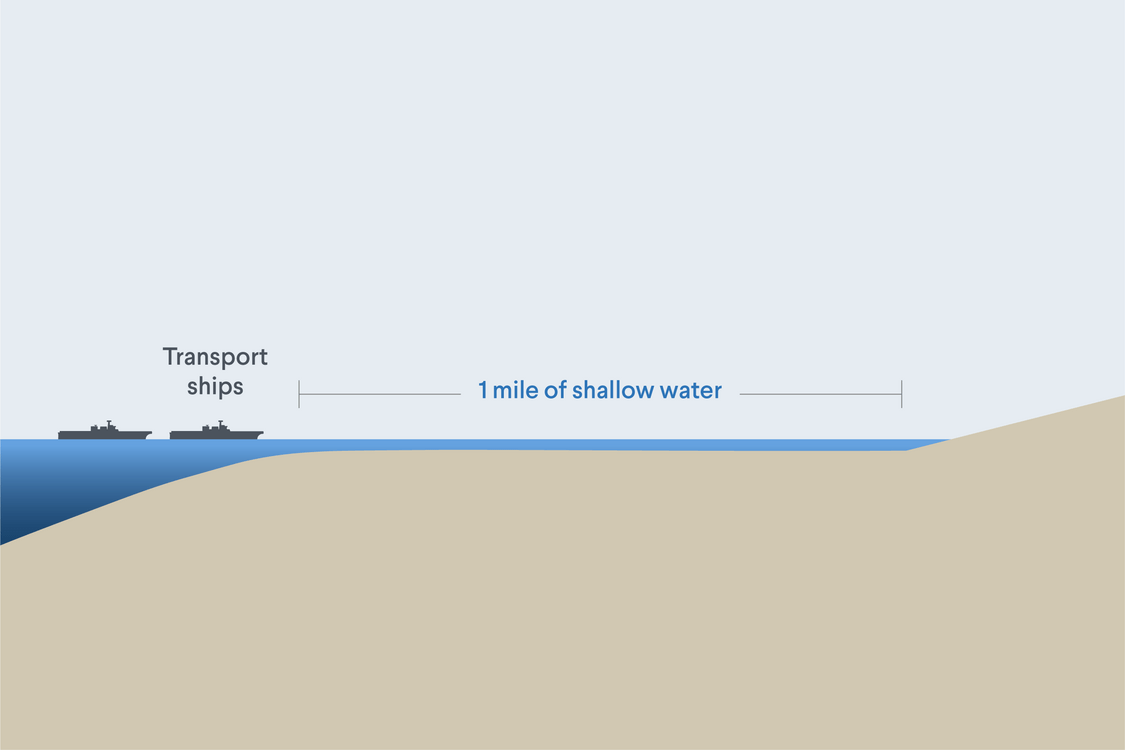
Side view of a west coast beach showing the gradient of the beach from underwater to above water and how far a large vessel would have to stop.
Taiwan has also invested in defenses, from mines to anti-landing spikes, and mobile missile launchers.

Soldiers take part in an anti-landing military exercise on a beach in Taoyuan, Taiwan, on March 23, 2023.
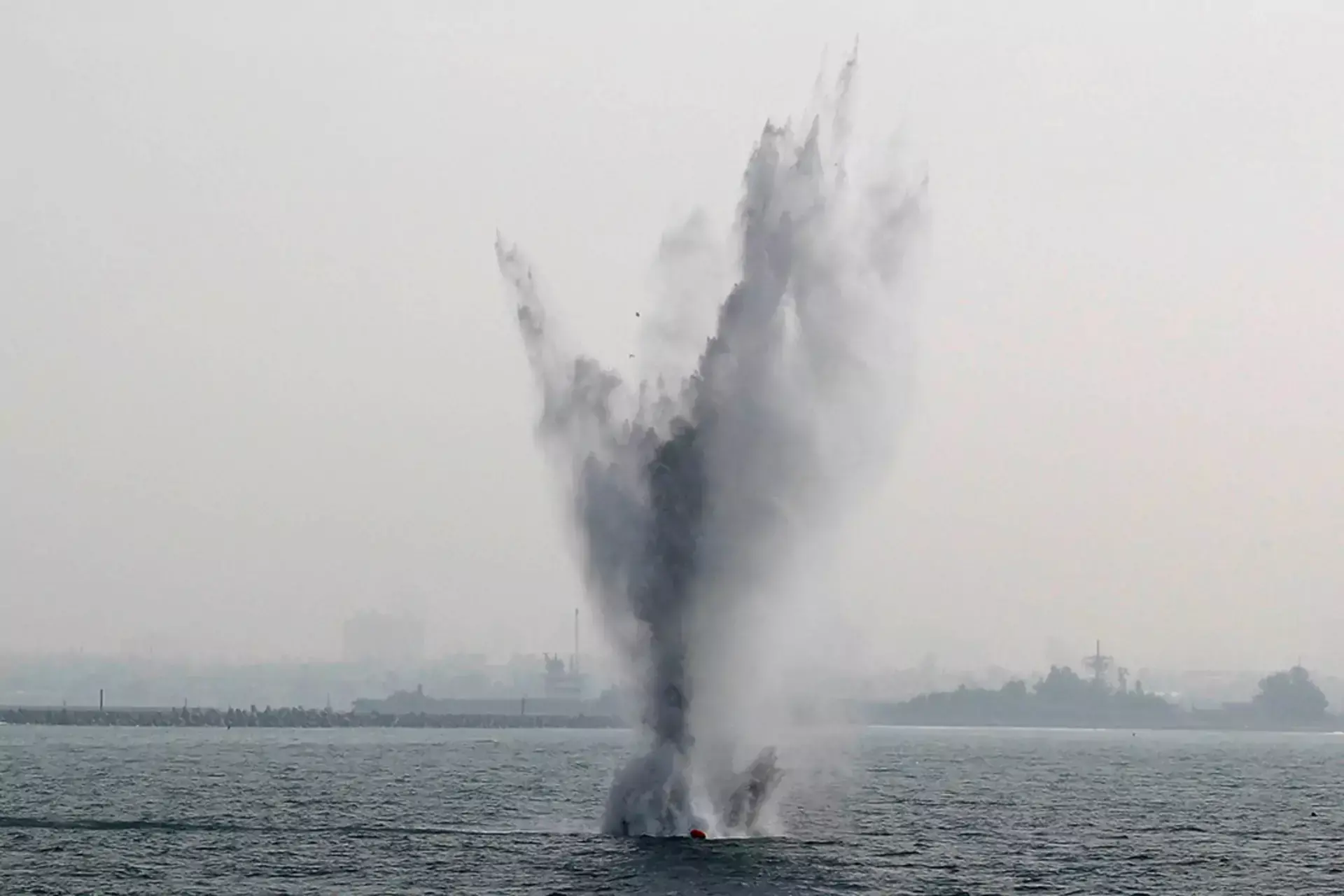
A training naval mine blasts during a military drill at the Zuoying naval base in Kaohsiung, Taiwan, on January 31, 2018.
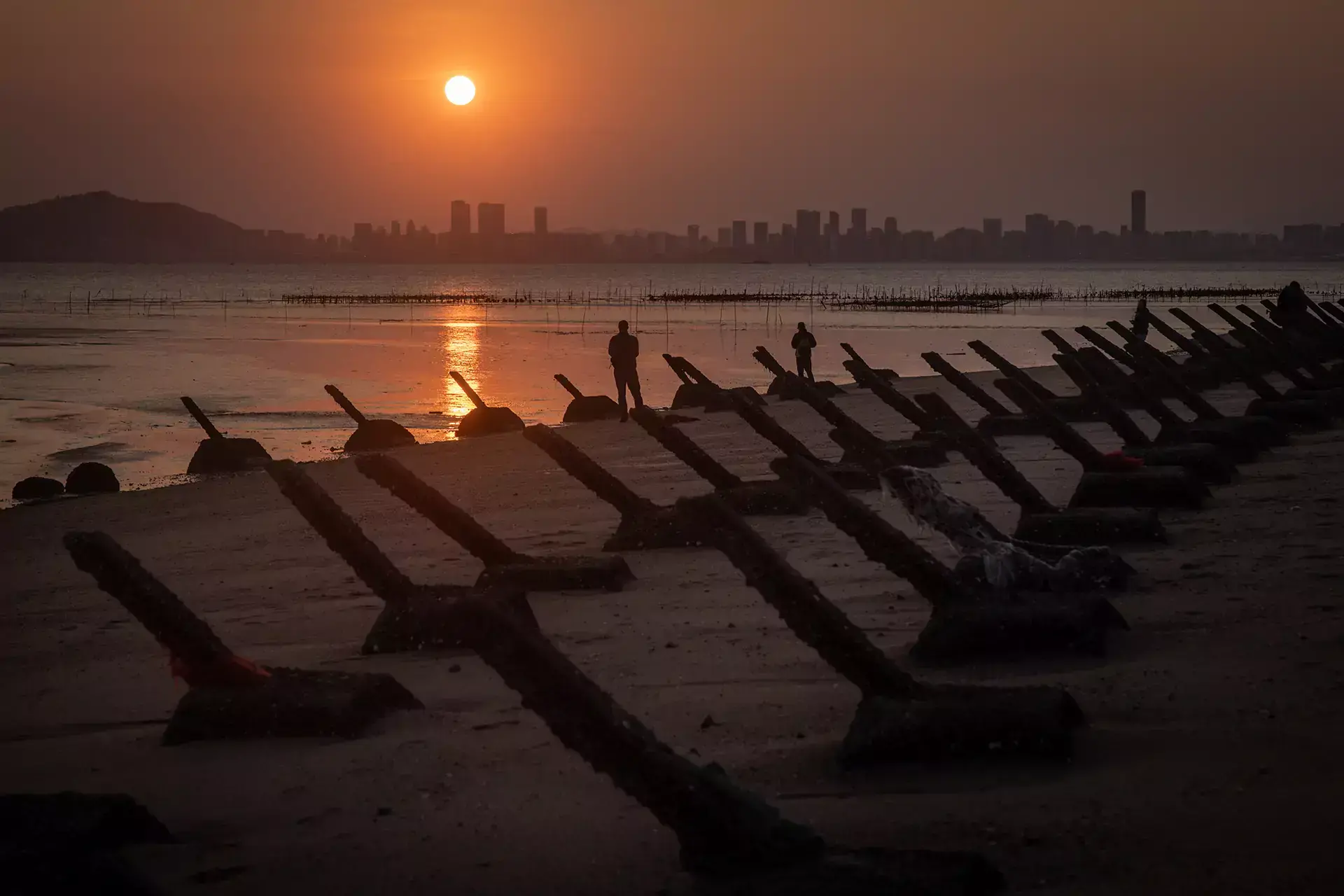
A man takes photographs of the Chinese city of Xiamen amid anti-tank fortifications in Kinmen, Taiwan.
Despite China’s rapid military modernization and its focus on preparing for military scenarios in the Taiwan Strait, Taiwan has inherent defensive advantages that China will find difficult to overcome.
Mountainous and Unforgiving Terrain
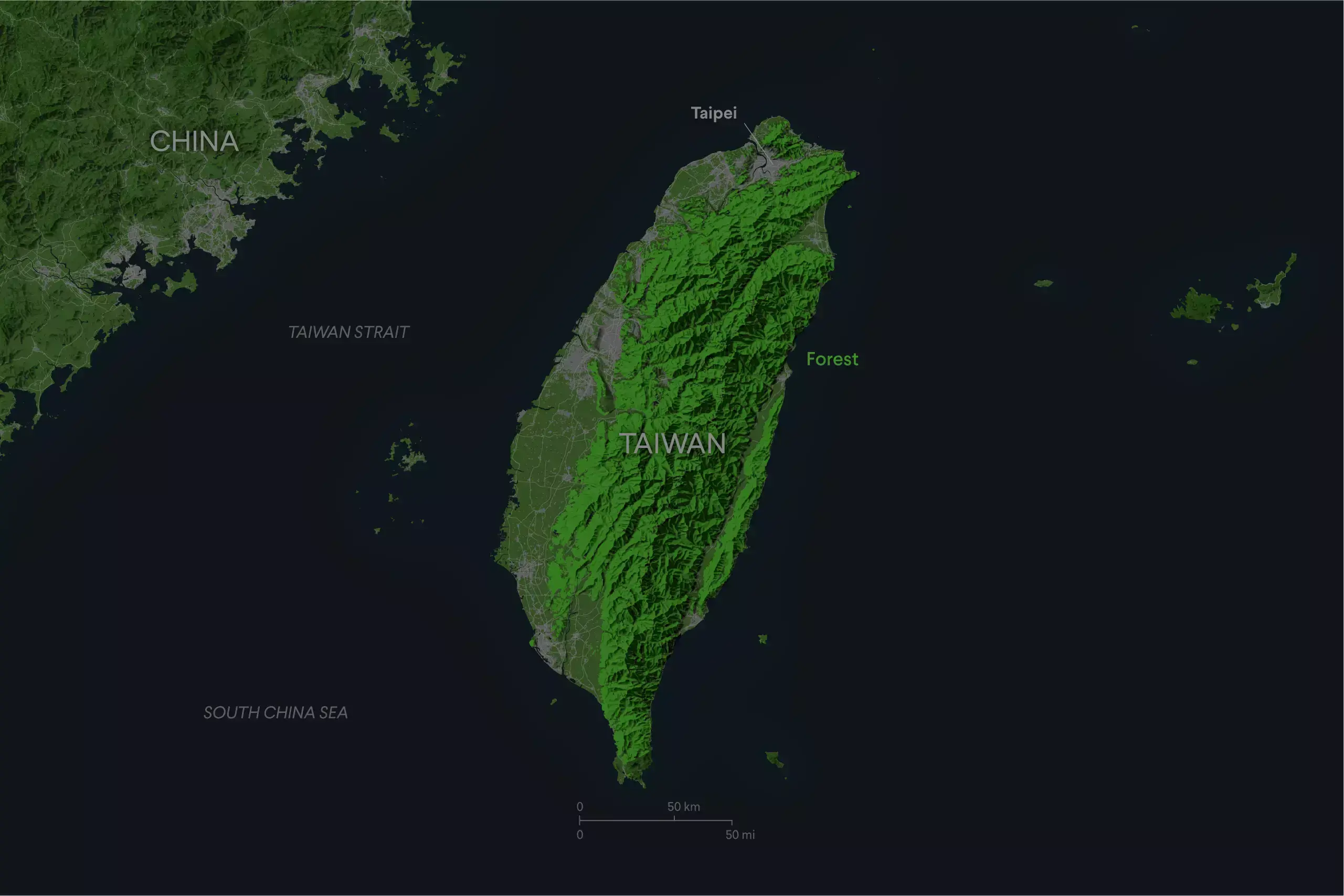
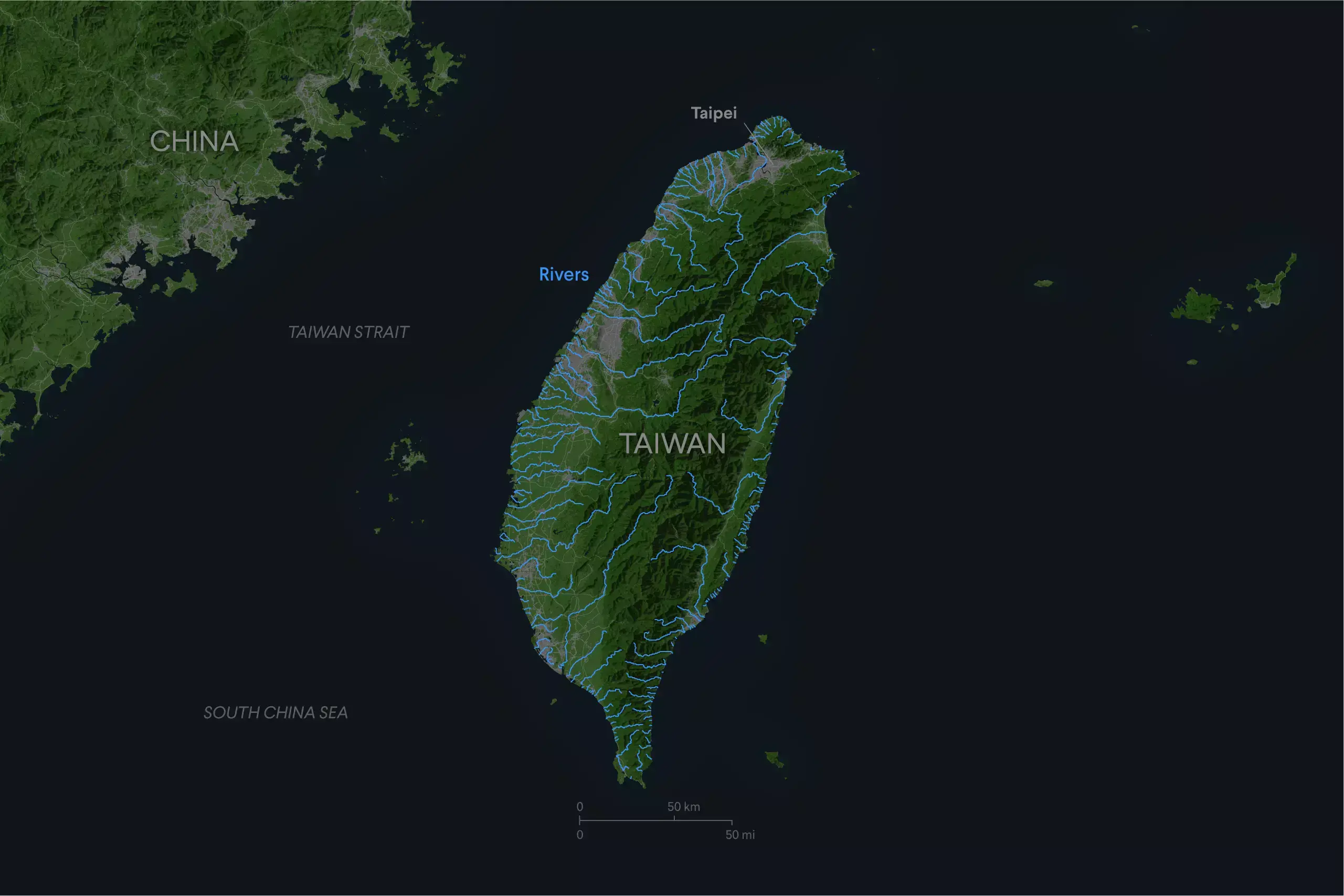
Even if China’s military successfully established a beachhead on Taiwan, it would struggle to navigate the mountainous terrain to secure the island.
Taiwan’s military, by contrast, has the advantage of knowing the land and terrain and how to defend it.
Taiwan has mountain peaks reaching over twelve thousand feet. Taiwanese troops could hide in those mountains and wage a guerrilla warfare campaign.

The Fuxing mountains of New Taipei City are seen on November 16, 2019.
Traversing those mountains to move inland would be challenging, rendering Taiwan’s east coast far less useful and forcing invaders to focus on attacking the island’s west coast. In addition, although Taiwan has major ports located in the south, moving to the north is also hard because there are few major roadways and many river crossings. As a result, a Chinese invasion would likely have to focus squarely on the ports and beaches located near Taipei.
Strategic Chokepoints
With few viable beaches and ports to choose from and the difficulty of moving forces across the island, China’s concentration would turn to Taiwan’s capital region, home to over one-fourth of its population. China’s military would seek to seize control of Taipei and depose Taiwan’s government.
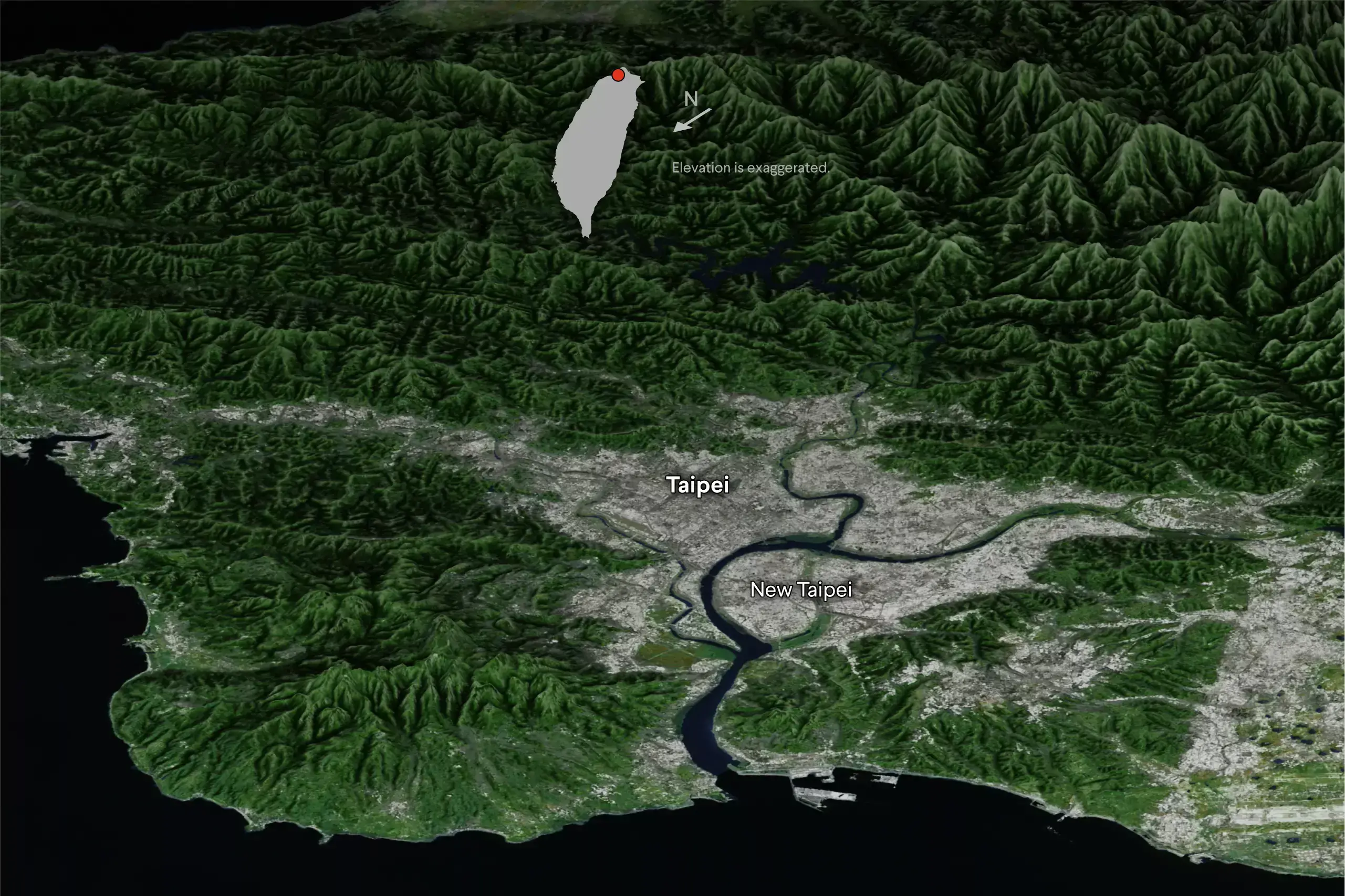

Driven by the political objective of establishing full control over Taiwan, China would need to seize control of Taiwan’s capital of Taipei.
However, gaining control of Taipei to establish full control over Taiwan would be enormously difficult. Few routes lead into the city, which sits in a bowl, ringed by mountains that defenders can utilize to target an invading force.
To prevent China’s military from seizing the capital, Taiwan can choose to destroy the city’s major port and the tunnels and highways leading into the city.

A view is shown of New Taipei City beside the Tamshui River.
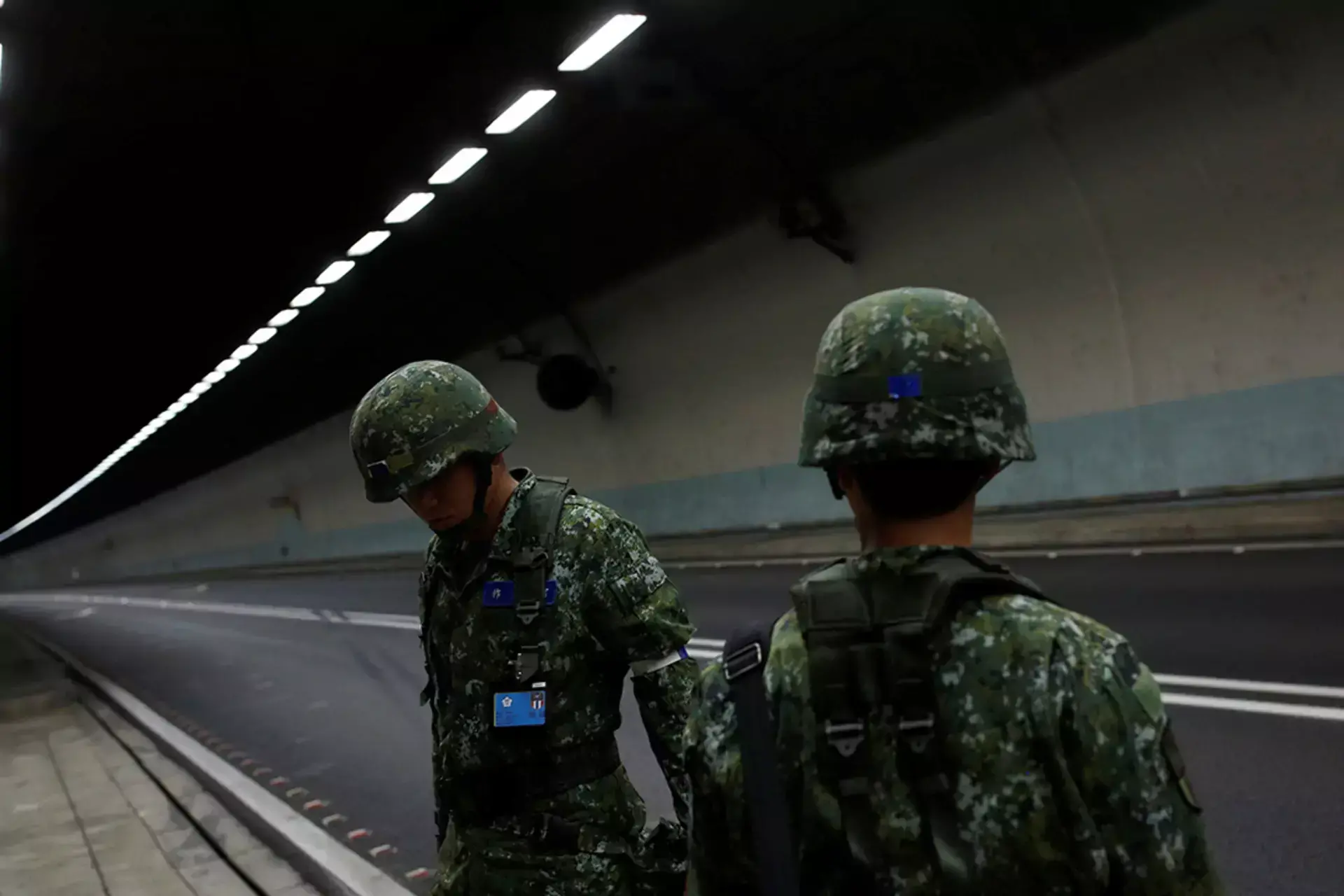
Soldiers in Yilan, Taiwan, take part in the annual Han Kuang military exercise, which simulates the People’s Liberation Army invading the island.

Taipei 101 surrounded by mountains, which ring Taiwan’s capital.
Even if China’s military entered Taipei, it would have to consider conducting urban warfare.
Costly Urban Warfare
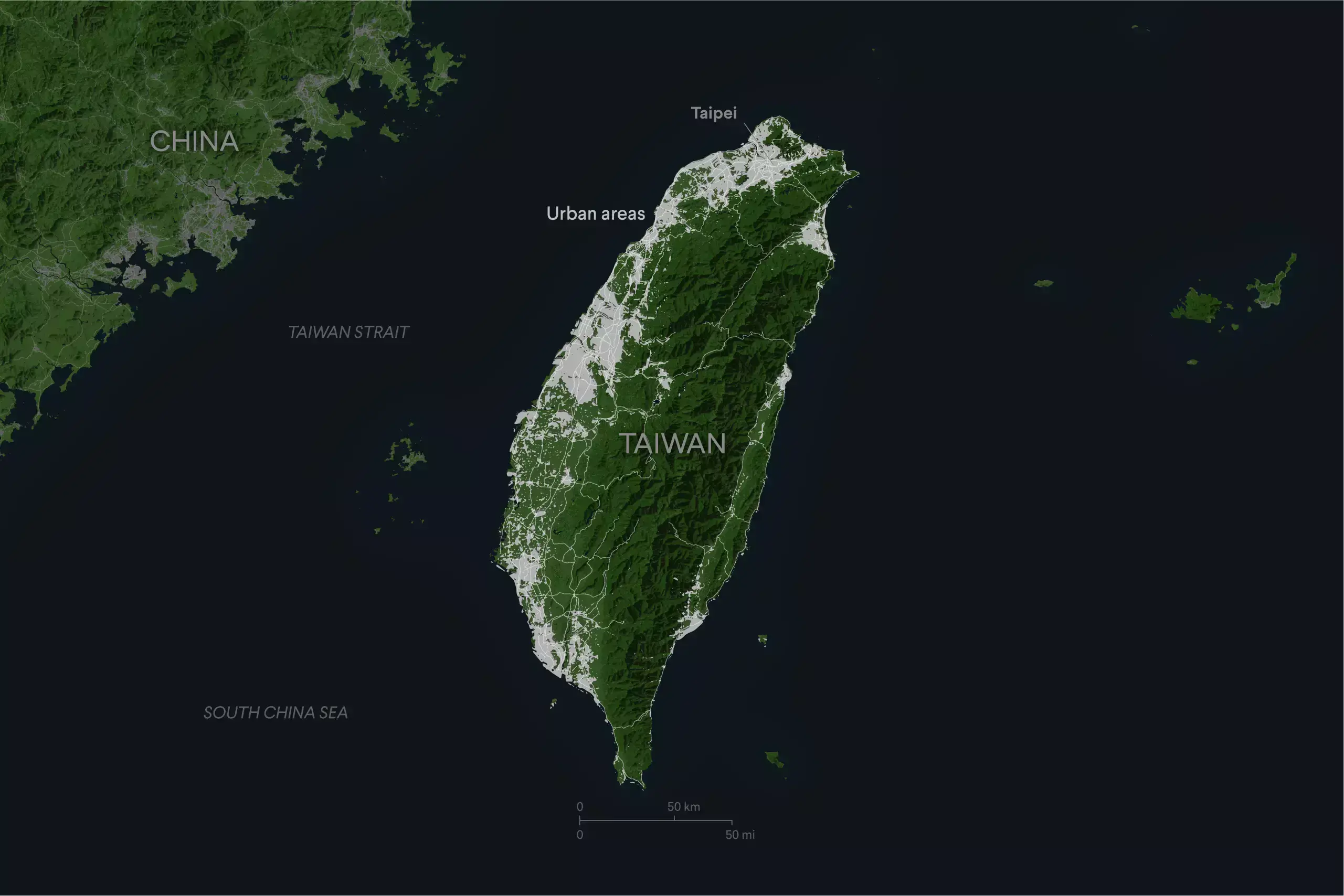

Given the island’s terrain, most of Taiwan’s twenty-three million people live in a handful of cities, with seven million residing in Taipei.
To conquer Taiwan, China would therefore be forced into urban combat, fighting street by street.
That approach would mean a slow, costly invasion.
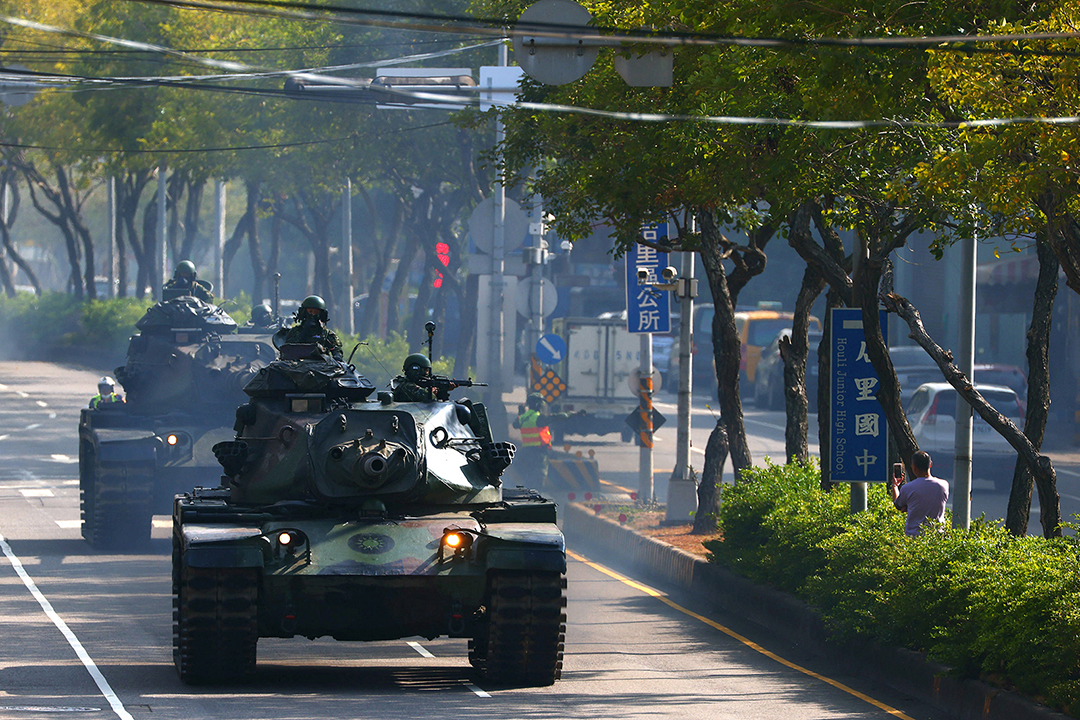
Trainees line up to practice target shooting in New Taipei City on May 21, 2022.

Trainees prepare to enter a building during a shooting lesson in New Taipei City, on May 22, 2022.
Taiwan has inherent advantages that will make an invasion difficult, expensive, and uncertain. Still, the Taiwanese people’s will to fight and resist will likely prove more decisive than mountains, ports, roads, or the ocean. If China conducts the operation with little opposition, it can probably navigate and overcome those obstacles. However, if confronted with millions of people determined to repel an invasion, China will face a much tougher task.
No comments:
Post a Comment